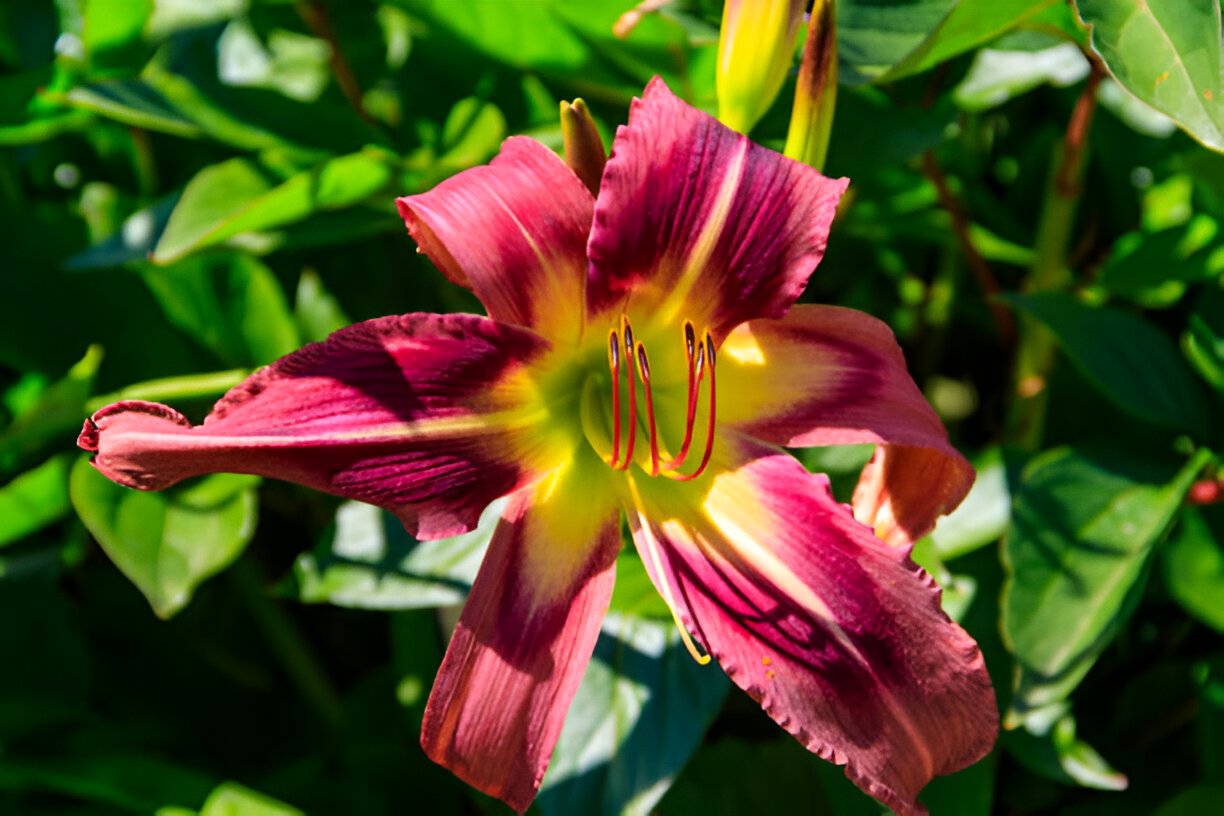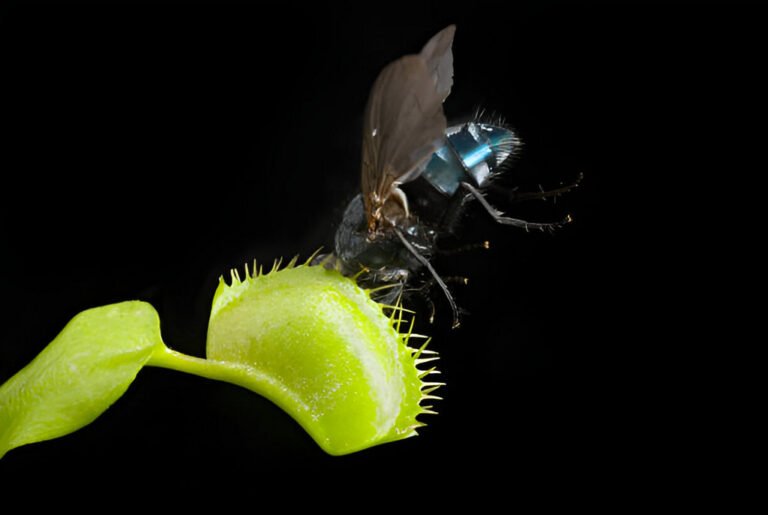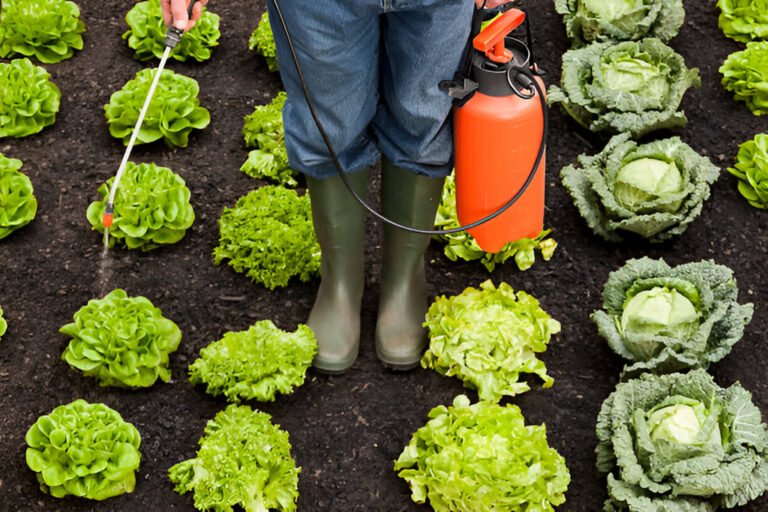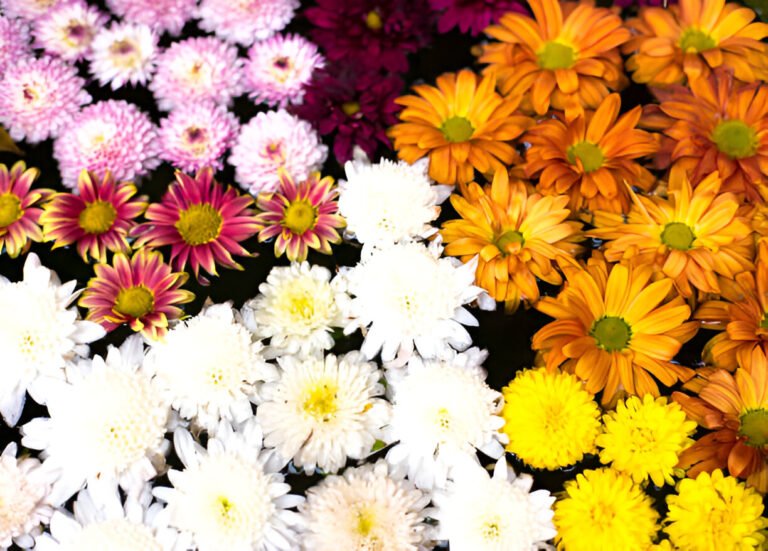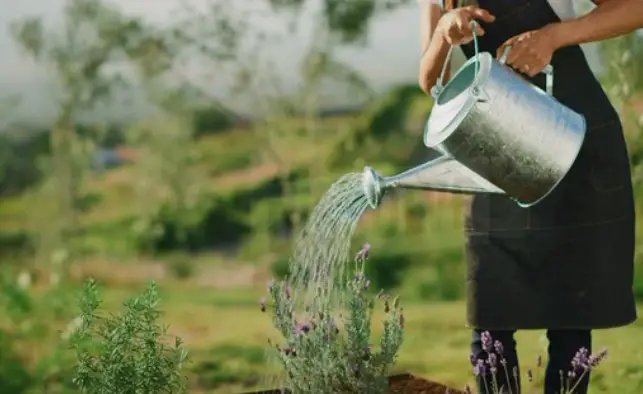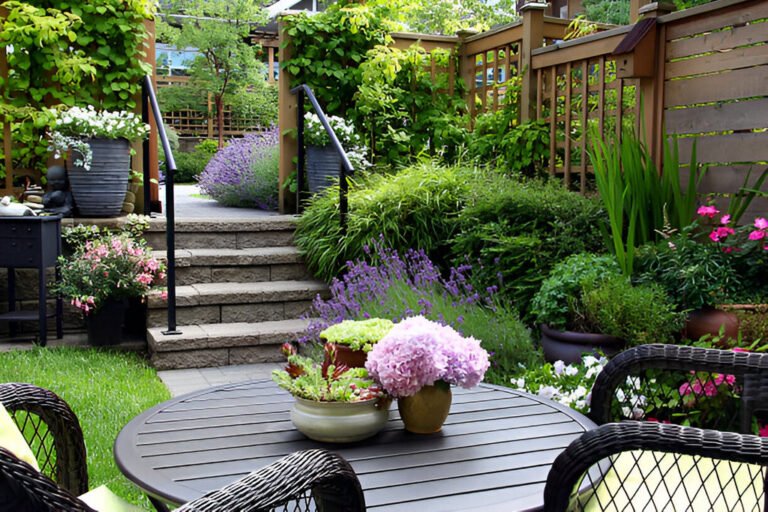Do Daylilies Multiply on Their Own? Here’s What You Should Know!
When you plant daylilies, you might see something magical happen in your garden over time. One day, you see a single clump of vibrant, trumpet-shaped flowers. The next day, it looks like they’ve thrown a garden party and invited all their friends. But do daylilies multiply on their own, or is there some gardening wizardry at play? Let me break it down for you.
The Daylily’s Secret: They’re Garden Ninjas
Daylilies (Hemerocallis) are the ninjas of plants. They are quiet and unassuming, yet highly effective at spreading their roots. These tough perennials don’t just look good. They work underground, spreading and growing their area without much help from us. But how exactly do they do it? Let’s dive in.
How Daylilies Multiply: The Science Behind the Magic
Daylilies spread easily. They use their underground roots and shoots to grow. As these plants grow, they form clumps that can expand over time.
The roots of daylilies are adept at sending out new shoots, which eventually develop into new plants. Daylilies can multiply and spread by themselves through a process called vegetative reproduction. They don’t need seeds for this.
Daylilies multiply primarily through two methods: division and seed production. Here’s the lowdown:
- Division (Clump Expansion): Daylilies grow from fleshy roots called rhizomes. Over time, these rhizomes produce new shoots, which grow into separate plants. This process is called clump expansion, and it’s the main way daylilies multiply. Think of it like a family reunion—every year, there are more relatives showing up.
- Seed Production: Daylilies also produce seeds after their flowers are pollinated. While this isn’t their primary method of spreading, it’s how they introduce genetic diversity. However, seeds can take longer to establish compared to division.
Conditions That Promote Daylily Multiplication
Daylilies are known for their ability to spread and create lush, vibrant garden displays. They thrive best in well-drained soil with a balance of moisture and aeration. These hardy perennials can grow well in sandy, loamy, or clay soil. They can handle some neglect, but giving them the right conditions helps them multiply faster.
Several factors contribute to healthy daylily growth:
| Condition | Effect on Multiplication |
| Full sun (6+ hours) | Encourages more blooms and division |
| Well-drained soil | Prevents root rot and enhances growth |
| Regular watering | Supports root expansion and flowering |
| Fertile soil | Boosts energy for producing new plants |
For best results, keep the soil enriched with compost or a balanced fertilizer. With proper care, daylilies will multiply. They will fill your garden with cheerful blooms each season.
Why Daylilies Are the Ultimate Low-Maintenance Plant
If you’re a lazy gardener like me (no shame!), daylilies are your best friend. Here’s why they’re the MVP of the plant world:
- They’re Tough as Nails: Daylilies can thrive in almost any soil type, from sandy to clay-heavy. They’re drought-tolerant, pest-resistant, and can handle full sun or partial shade. Basically, they’re the Chuck Norris of flowers.
- They Multiply Without Fuss: Once you plant a daylily, it’s like giving it a green light to take over. You don’t need to baby it with fertilizers or constant watering. Just sit back and watch the magic happen.
- They Bloom Like Clockwork: Each flower lasts only a day (hence the name “daylily”), but don’t let that fool you. One plant can grow many blooms for weeks, giving a lasting display.
When Daylilies Multiply Too Much: The Downside of Success
While daylilies multiplying on their own sounds like a dream come true, there’s a catch. Sometimes, they can get a little too enthusiastic. Here’s what to watch out for:
- Overcrowding: When daylilies multiply too much, they can crowd out other plants in your garden. It’s like that one friend who hogs the couch—eventually, someone’s going to get pushed off.
- Reduced Blooms: When daylilies are overcrowded, they may produce fewer flowers. This happens because they compete for nutrients and space. If your daylilies seem less vibrant than usual, it might be time to thin them out.
- Invasive Potential: Some daylily types can spread beyond your garden in certain areas. They may become invasive and affect natural spaces. Always check with your local extension office to make sure you’re planting responsibly.
How to Manage Multiplying Daylilies
If your daylilies are multiplying faster than rabbits, don’t panic. Here’s how to keep them in check:
1. Divide and Conquer
Every 3-5 years, dig up your daylily clumps and divide them. Here’s how:
- Step 1: Use a garden fork to gently lift the clump out of the ground.
- Step 2: Shake off excess soil and separate the rhizomes by hand or with a knife.
- Step 3: Replant the divisions, spacing them about 18-24 inches apart.
This prevents overcrowding and gives you free plants to share with friends or grow your garden.
2. Deadhead Spent Blooms
If you don’t want your daylilies to spread via seeds, deadhead the spent blooms. This encourages the plant to focus its energy on producing more flowers instead of seeds.
3. Create Boundaries
Plant daylilies in areas where they have natural boundaries, like sidewalks or garden edging. This helps contain their spread and keeps them from taking over.
Fun Facts About Daylilies
Before I wrap up, here are a few fun tidbits about these fascinating plants:
- Edible Blooms: Yes, you can eat daylily flowers! They’re often used in Asian cuisine and add a sweet, slightly crunchy texture to salads and stir-fries.
- Thousands of Varieties: There are more than 80,000 registered daylily types. They come in classic orange, bi-colored, and even purple.
- Symbol of Motherhood: In Chinese culture, daylilies symbolize motherhood and nurturing, making them a popular gift for new moms.
My Personal Daylily Journey
I’ll never forget the first time I planted daylilies in my garden. I was a newbie gardener, and I thought they’d be a one-and-done deal. Boy, was I wrong! Over the years, I’ve watched them multiply, filling my garden with bursts of color and life. They’ve taught me patience, resilience, and the joy of sharing plants with friends and neighbors.
If you’re on the fence about planting daylilies, I say go for it. They’re forgiving, beautiful, and endlessly rewarding. Just be prepared for them to take over a little—because trust me, they will.
Quick Reference Table: Daylily Multiplication at a Glance
| Aspect | Details |
| Primary Method | Division (clump expansion) |
| Secondary Method | Seed production |
| Timeframe | Clumps expand every 1-2 years; seeds take 2-3 years to mature |
| Maintenance | Divide every 3-5 years; deadhead to prevent seeding |
| Pros | Low-maintenance, drought-tolerant, long blooming period |
| Cons | Can become overcrowded or invasive if not managed |
Final Thoughts: Let Daylilies Do Their Thing
At the end of the day (pun intended), daylilies are one of the easiest and most rewarding plants you can grow. No matter if you’re an expert gardener or just beginning, their self-multiplying nature makes them a great pick. Just remember to keep an eye on them and give them a little TLC when needed.
So, do daylilies multiply on their own? Absolutely. And honestly, that’s half the fun. Happy gardening!
